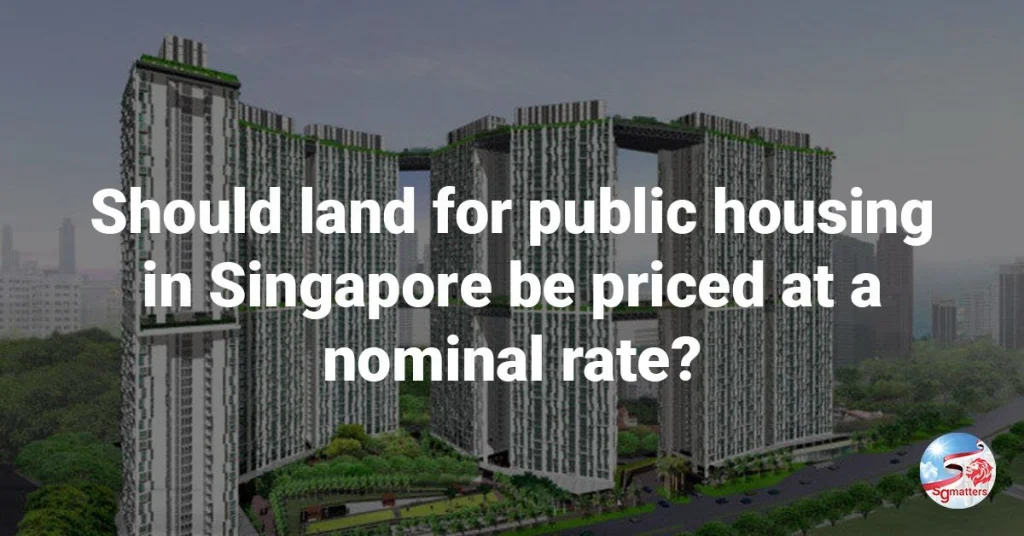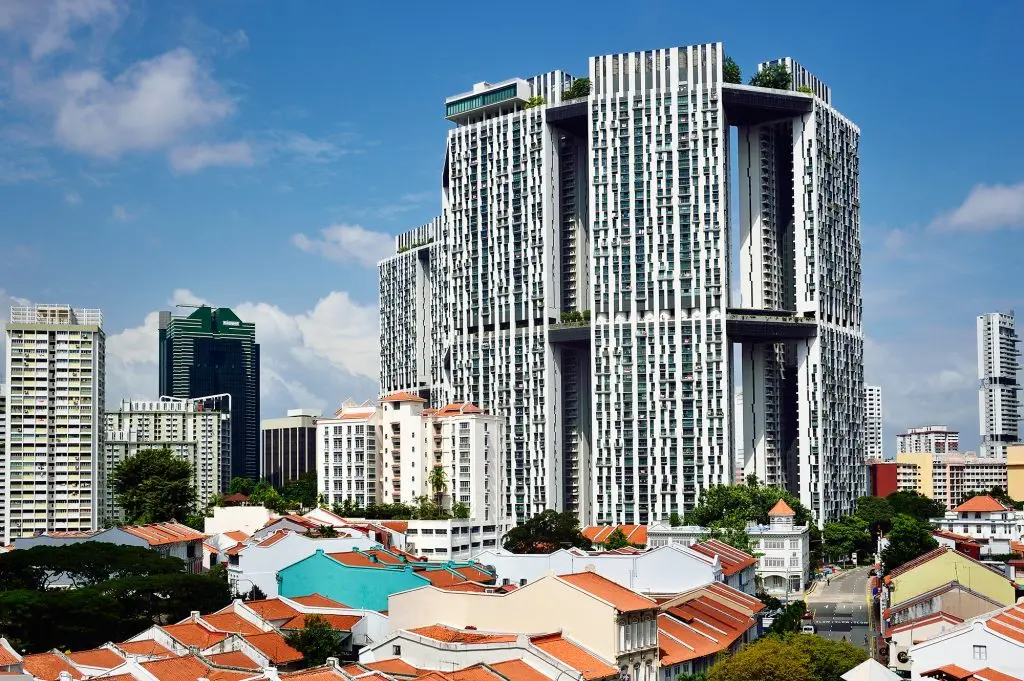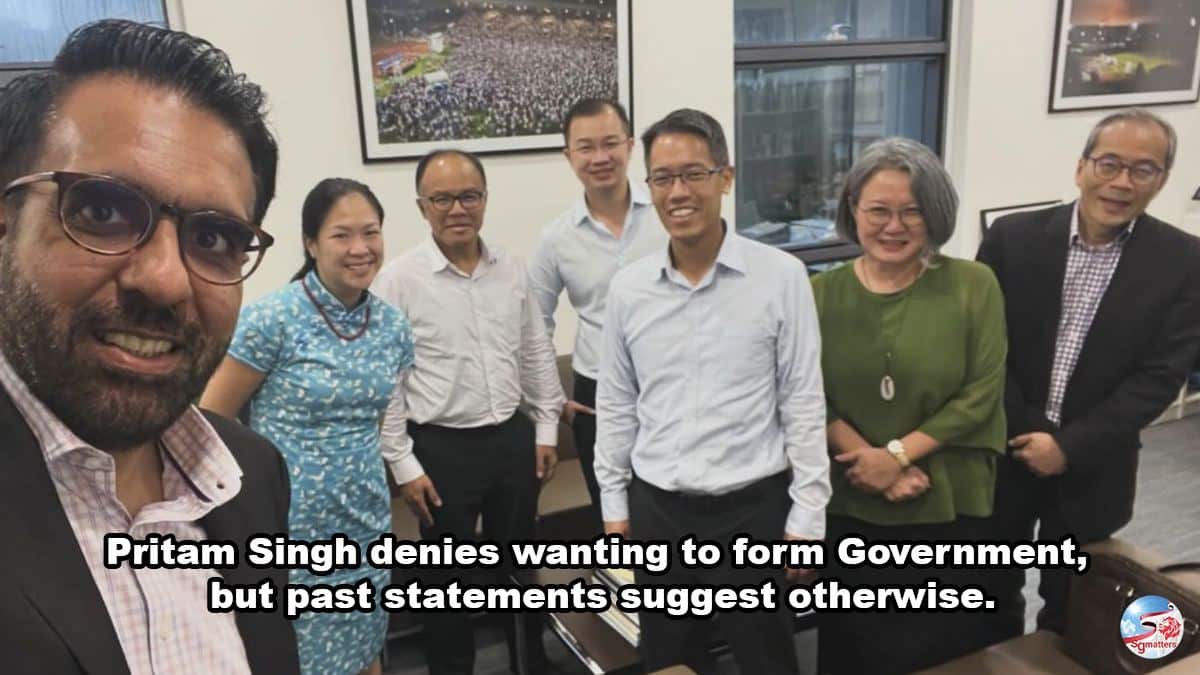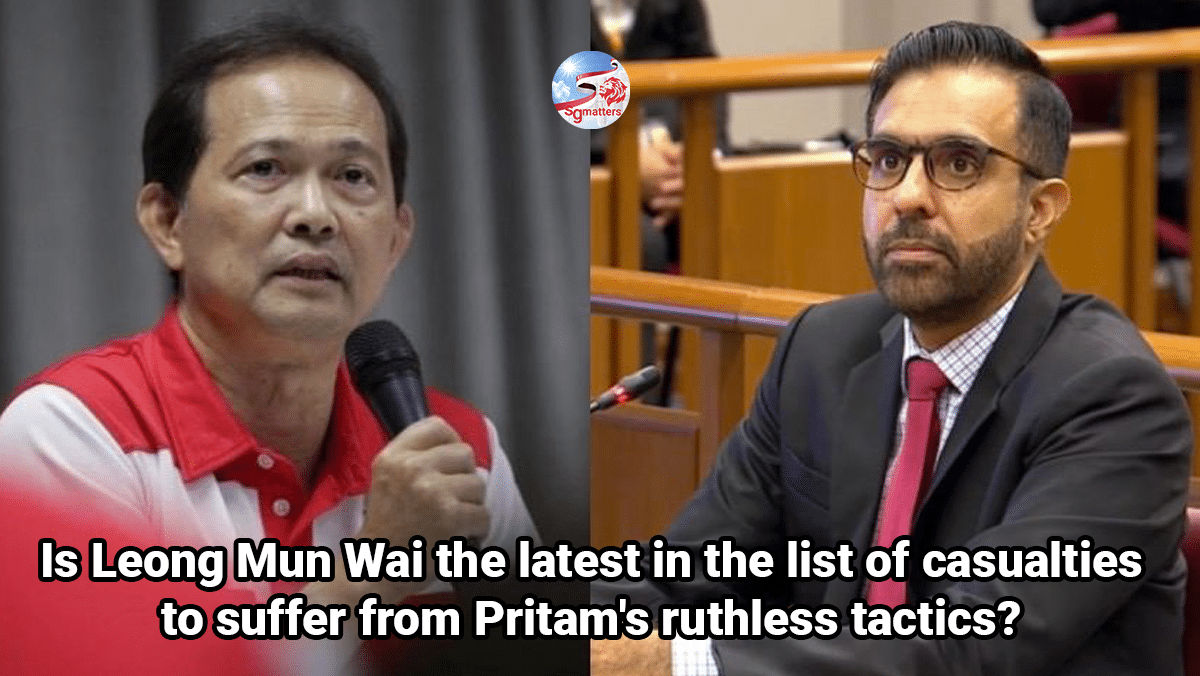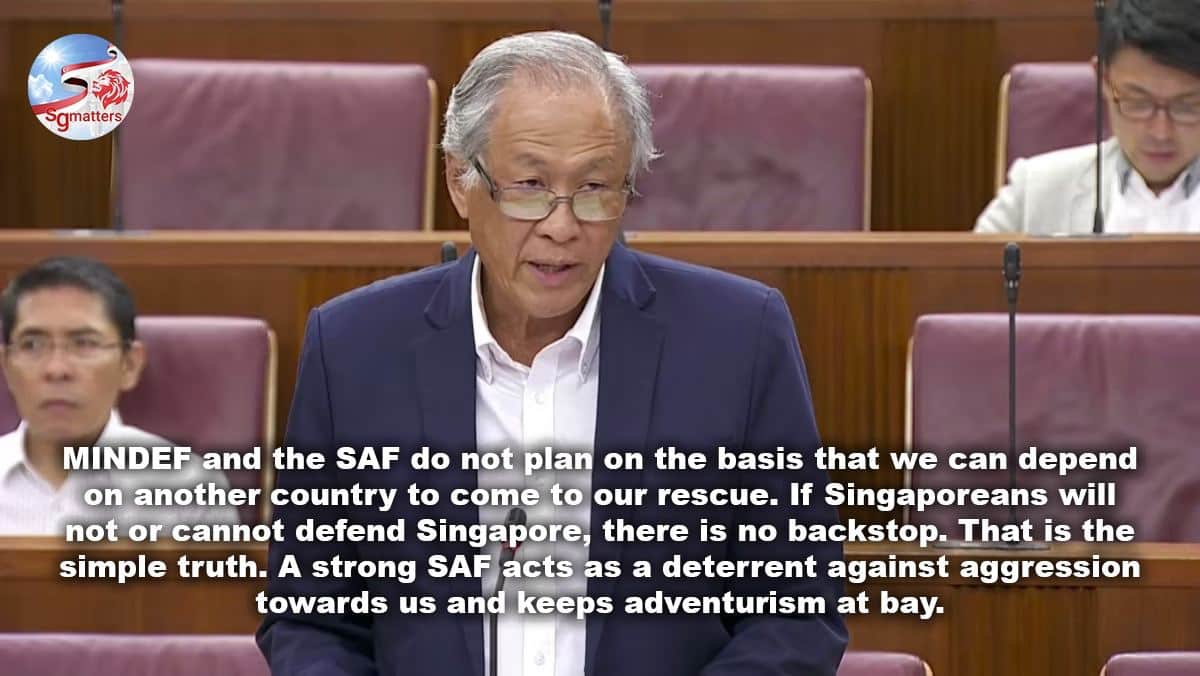The problem with this line of reasoning is that public housing in Singapore has taken on a level far beyond what public housing is understood to be.
In many parts of the world, public housing is subsided housing for the poor. They are usually rental flats situated in poor neighbourhoods with little amenities, and often poorly maintained.
In Singapore, public housing has evolved to become providing a quality lifestyle to meet the aspirations of its people.
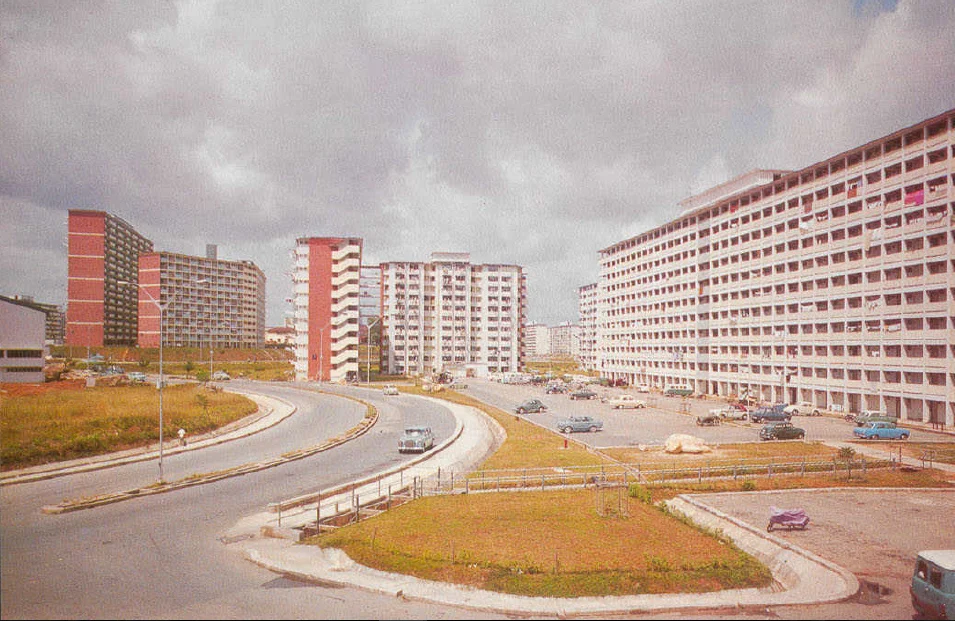
Over the years, the focus was shifted to developing towns to support a quality lifestyle. Thus satellite towns were built. These are self-sufficient with amenities such as transport nodes and malls at the town centre, while neighbourhoods had their own food outlets, provision shops, and facilities to meet residents’ daily needs within a stone’s throw.
Fast-forward to today, Singapore’s public housing landscape is strikingly different from its early iterations.
It just gets better and better as the HDB incorporates green and smart elements in its housing designs.
Here, there is no stigma associated with public housing. It is a source of pride. At least 85% of households live in public housing. Many home owners also own cars including Lexus, BMW and what-have-yours.
Even then, public housing continues to be highly subsidised.
For the Financial Year (FY) 2021/22, HDB recorded a deficit of $3.85 billion in its Homeownership Programme. The average deficit incurred by HDB in the last three years (FY2019/20 – FY2021/22) was about $2.68 billion a year.
Let’s go back to the argument that land should be priced at a nominal rate because it is for public housing.
We have seen that public housing in Singapore is no longer ‘public’ housing in a strict sense. Public housing in Singapore is about housing a nation and meeting the aspirations of its people.

